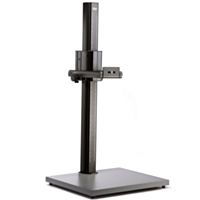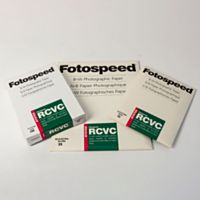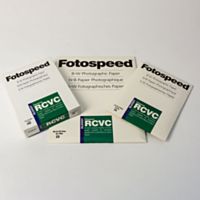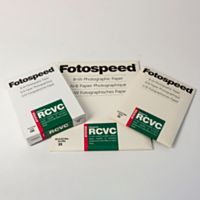The Landscape Photographers Calendar: what to shoot in June
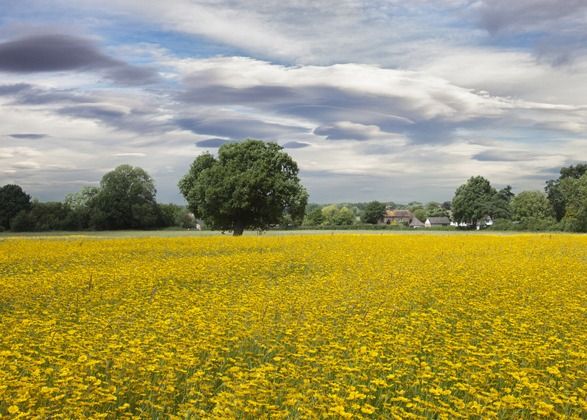
-->
Tony Worobiec is a Fellow of the Royal Photographic Society and one of our Fotospeed photographers. He has won awards for photography both in the UK and internationally, and has authored 16 books. In this blog post, adapted from his RPS workshop, "The Landscape Photographers Calendar", Tony tells you what to look out for in June. Tony uses Fotospeed’s Platinum Baryta and Platinum Matt.
You can find out more about Tony here.
At last summer is on the horizon, and our fields and pastures have become a riot of colour. Whilst temperatures are rising there is still plenty of moisture in the ground, so the landscape still looks wonderfully green. The views we experience at this joyous time of year is utterly intoxicating and is eloquently summed-up by the descriptive words of the poet, Francis King: "On this June day the buds in my garden are almost as enchanting as the open flowers. Things in bud bring, in the heat of a June noontide, the recollection of the loveliest days of the year – those days of May when all is suggested, nothing yet fulfilled." If you love flowers, this is the month for you.
The days are also at their longest in June, so it is much more inconvenient capturing those dramatic pre-dawn shots. The secret of course is to adapt to the changing seasons and there is no harm in shooting landscapes when the sun is still high.

Opium Poppies (Papaver Somniferum)
Whilst the cultivation of opium poppies wasn't common until recently, farmers are more frequently cashing in on this most unusual of crops which is harvested to support the pharmaceutical industry. In fact, until the turn of the century, they were practically unheard of. Check out the landscape, particularly in parts of Southern England, and the tell-tale hues of lilac soon become evident. Due to the "beast from the East" that battered the UK this February, I suspect this year their emergence will be delayed until the end of the month. Moreover, because of the potential "misuse" of this crop, they tend to be grown in discreet locations, often behind high hedgerows. A keen cyclist, that extra foot in height often alerts me to where they are being cultivated.
The flowers are extremely ephemeral and can last for only a few days; once the petals disappear, the intrinsic beauty of this crop very quickly vanishes. High winds or a heavy downpour can quickly strip these plants of their petals, so the lesson here is “don't put off until tomorrow what you can do today!”
I'm not a great fan of wide-angle lenses, but this is an exception. If you are able to enter a field, try getting down low, thus ensuring a healthy cluster of poppies occupies the foreground. From a compositional standpoint, they are often planted in distinct rows, so aim to exploit the "lead-in line" principle.

Still Water
With the passing of Spring, many of the storms and the subsequent winds disappear during the month of June. Some landscape photographers regret this diminishing drama, but the landscape, and in particular the coast, assumes a much gentler mood which shouldn't be dismissed – in photographic terms, it is equally as worthy. Enjoy the beauty of the quietly lapping water; in some ways, this example echoes the previous image in-so-far as the waves also create interesting lead-in lines. Where you have such a clear-cut design, identify an interesting coastal feature you can use as a focal point. In this example, I have chosen to highlight the wonderfully iconic Durdle Dor.

A Sprinkling of Red Poppies
If you are looking for large impenetrable areas of red poppies, then June is a tad early; you will need to wait until July for that. What you are more likely to see is a sprinkling of poppies, but of course that also offers excellent opportunities for landscape photography. In many ways, June represents that transition period between the gradually disappearing fields of rape-seed, and the solid red fields of poppies that appear slightly later in the year.
Red is a primary colour and is the most dynamic; flecks of red across the landscape will always appear visually appealing. Red set against lush green works particularly well as red appears opposite green on the colour wheel, offering an eye-catching contrast. In this example, I was able to capture a sprinkling of red poppies set within a cluster a yellow canola; yellow is also a primary colour, so the results can prove equally as dramatic.
Your approach in these situations should be to capture an "intimate " landscape. Use a telephoto lens in order to photograph just a small part of the landscape. Try to identify a patch where there are no dead blooms. Tightly structured compositions are difficult to identify with this genre of photography, so don't become over-concerned. It is also one of those occasions when overcast lighting seems to work best.

Fields of Wheat and Barley
Away from the uplands, our landscape will be dominated by fields of wheat and barley swaying in the breeze; some might be disappointed that they haven't yet turned to gold in colour, but that of course is just a cliché; they can look equally as appealing when still green and un-ripened.
Due to the mechanised way these crops are sowed, as they grow they introduce a rather interesting rhythm to the landscape – not dissimilar to corduroy. If you examine those barren areas of soil adjacent to the growing crops, that sense of rhythm is even more apparent.
This is the sort of location that suits many different styles of photography. Whilst here I have opted for a wide-angle approach, equally interesting images can be gained by using a long telephoto lens, particularly if you are shooting from a higher vantage point. It doesn't seem to matter whether the lighting is harsh or soft, as each will offer exciting opportunities for creative landscape photography.

Saturated Beaches
An aspect of coastal photography which is often ignored is the reflective quality of sandy beaches as the tide recedes. Whilst it is warm and often sunny during the month of June, our beaches are fortunately still reasonably empty, so it is an excellent time of the year to investigate.
In order to get the best reflections, the beach needs to be sandy; the finer the sand the better. It is tempting to time your photography just as the tide is about to turn, but if you leave it too late, the beach will dry out; far better to capture the photograph as the tide starts to recede. It stands to reason that the larger the beach, the more dramatic the effect is likely to be. Moreover, the most impressive reflections are likely to be achieved under a really dramatic sky. Normally, reflections in water require stillness, but with a wet beach, reasonable reflections can be captured even if there is a breeze. Finally, don't overlook the opportunity to include elements such as a distant pier or a group of figures which of course will also appear reflected.
Want more ideas on how to improve your photography and prints? Check out the rest of our blog, or get in touch to see how Fotospeed can help!
If you would like to stay on top of all the latest information from Fotospeed don't forget to sign up to our Newsletter.




